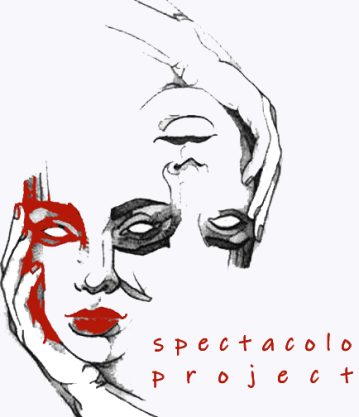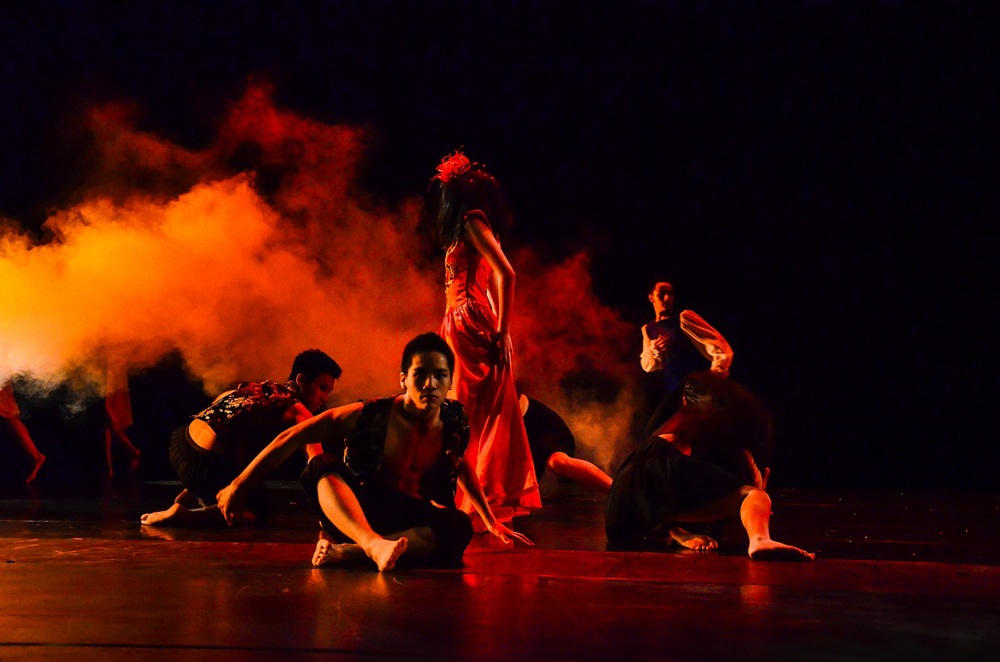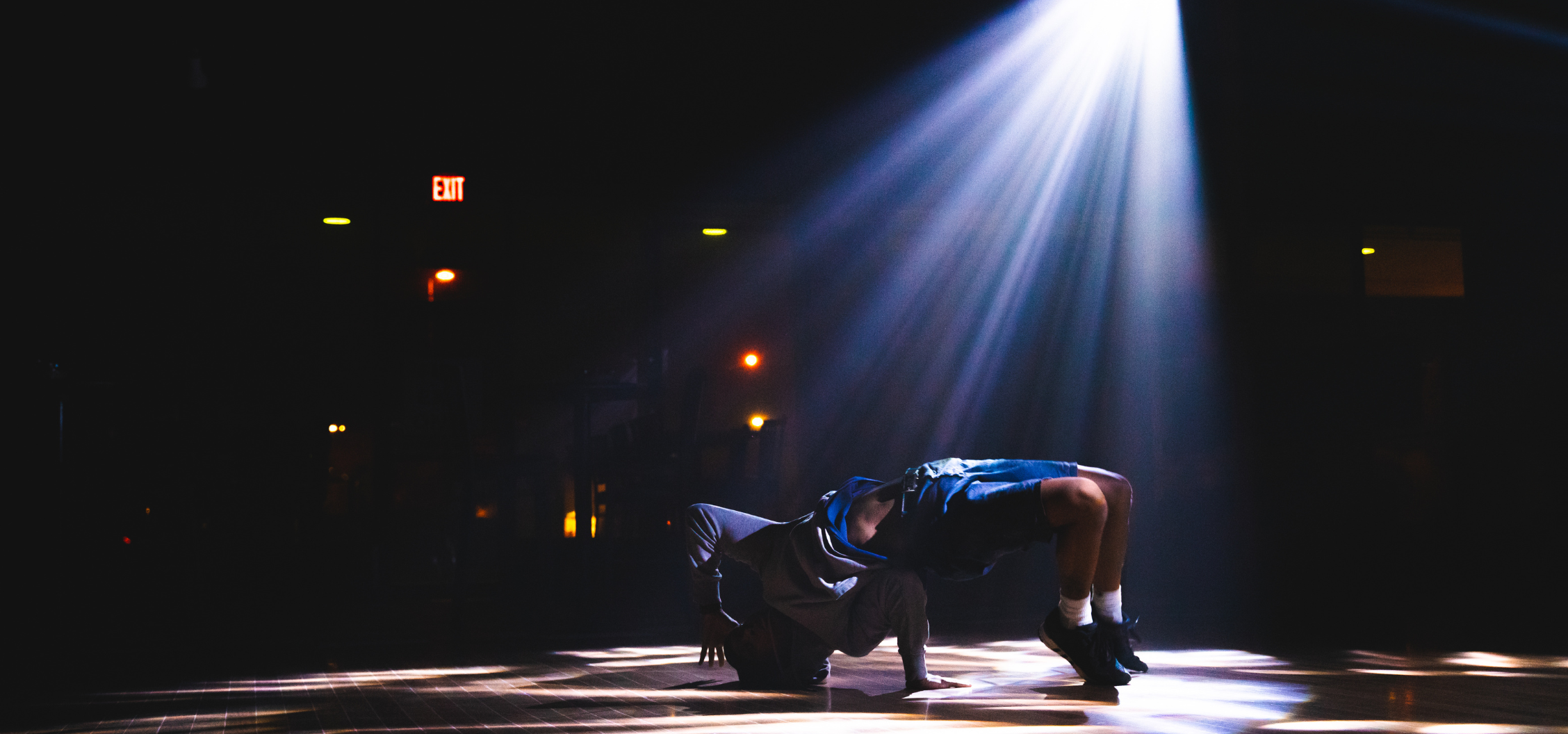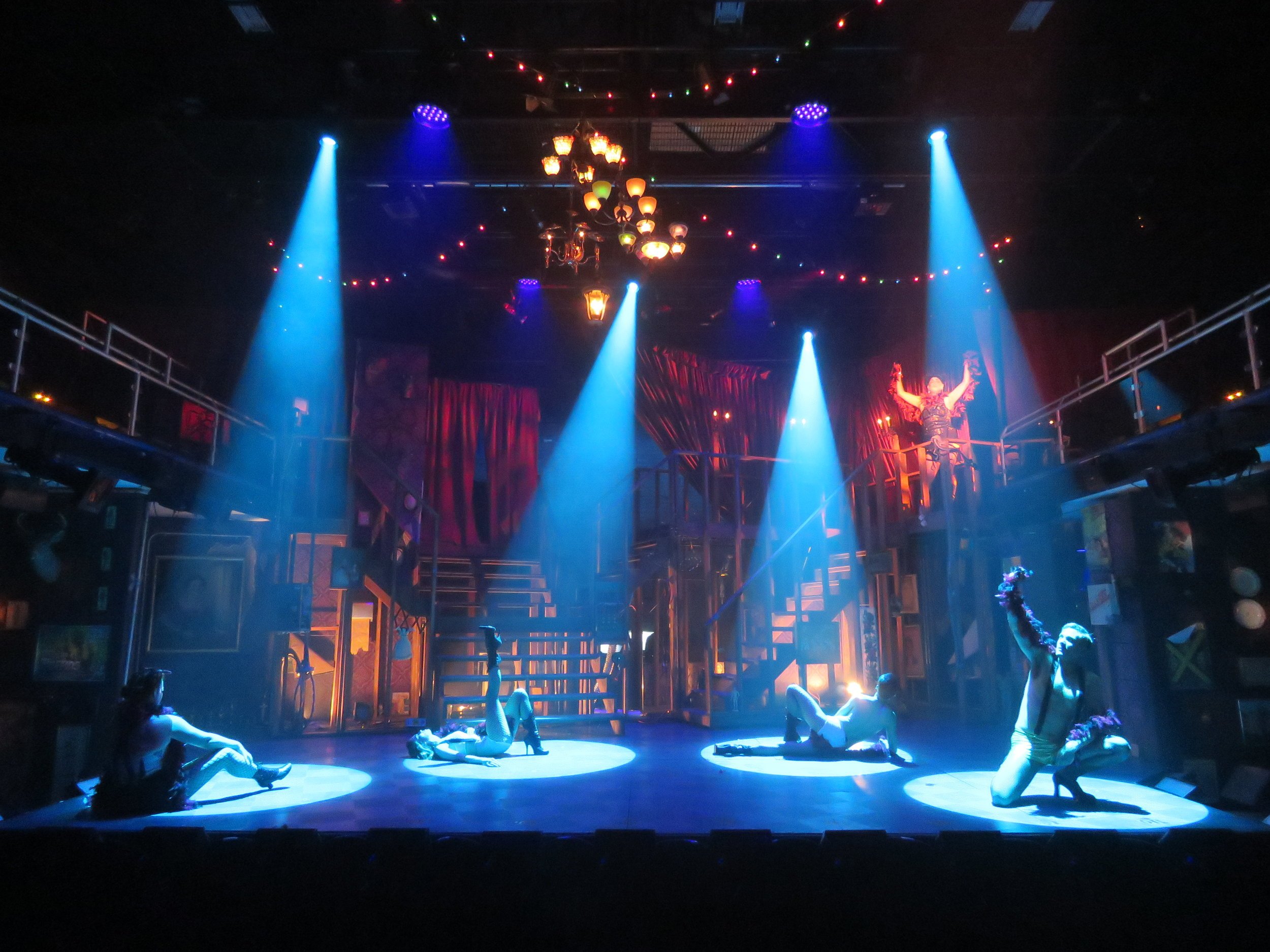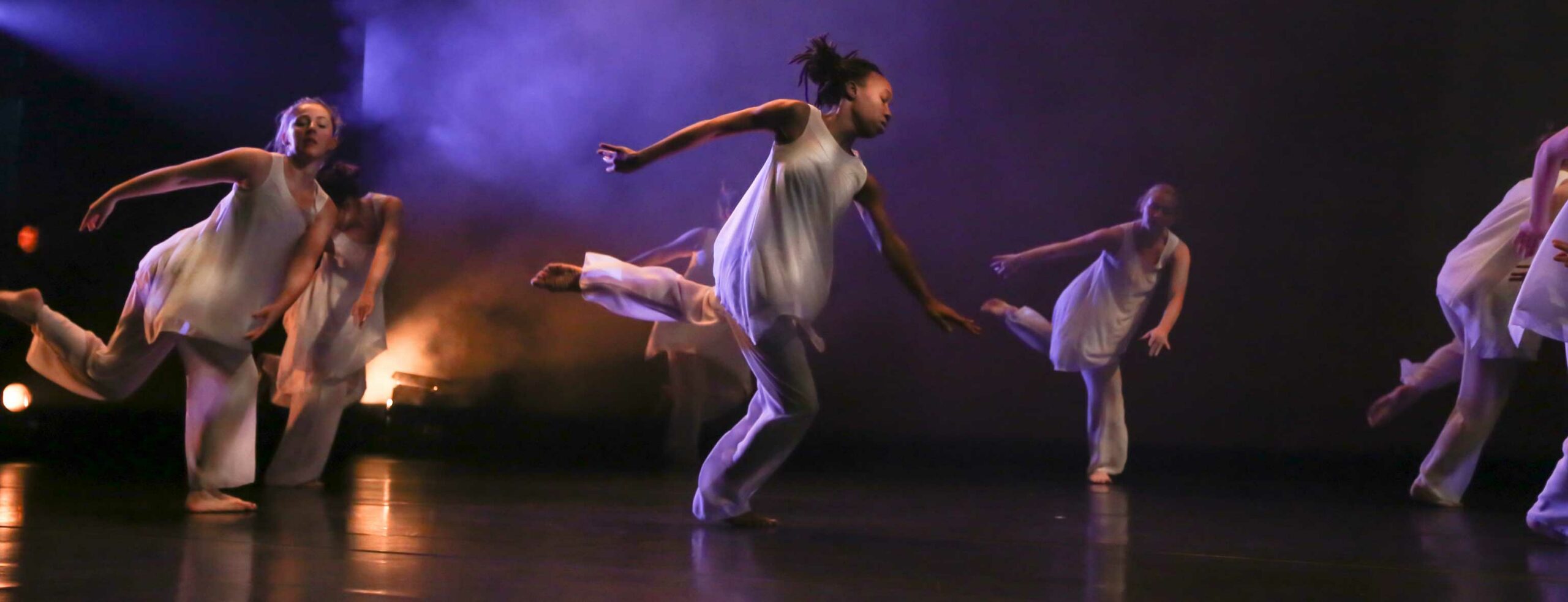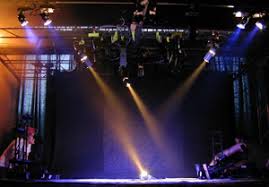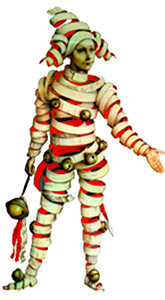Light design
It’s a team work
The lighting designer plays a really important role in the final result of a show. The lighting can set up the atmosphere of the show and it can define the feelings of the audience. It is a hard work, but don’t worry! You will not do it by yourself! You will have to collaborate with other members of the production. These members are.
The director
First of all, read the script carefully and note down which looks you have to create. Let aside for now the equipment you will need to do so. However, take into account the day-time and whether it is an inside or outside set. Get the general feeling and atmosphere the script creates and talk with the director about what they want to achieve.
The set designer
Apart from the director, you will have to collaborate with the set designer. The set designer will let you know if what you want to create is possible according to the existing equipment. You also have to have in mind their ideas too. Your ideas have to match with theirs. The color you wish to use is something you should discuss with the set designer.
The costume designer
Don’t underestimate the work of the costume designer. Ask them what the actors will be wearing. The colors of their clothes may define the colors of the lighting you are about to use.
Keep in mind that whoever you’re talking with, you have to talk as simply as possible, avoiding using difficult terminology. You may refer to the colors of the lighting, but leave aside the procedure you’re about to follow to achieve your goal. Sometimes, you may have to rent extra equipment, but this will depend on the available production budget. So you will have to be creative and ready to adjust without lowering the final result you have in mind.
Be present at the rehearsals
After you have read the script and talked with the director, you should watch a rehearsal –or maybe more- along with them. Take notes about the positions of both the actors and the objects. The director will inform you about specific needs of certain scenes. If, for example, the scene should be separated at half or if there should be a total blackout or the exact opposite, the director will give you the guidance you need.
You should also have a conversation with the stage manager. During a show, some objects may change positions or maybe even the whole set may change. It is your job to make these scenes flow naturally. Use your imagination and everything will be fine!
Cue list
Now that you have talked with the director, the stage manager, the costume designer and the set designer, and you have watched at least one rehearsal, you have all the information needed about the actors and you can conclude to the colors you want to use. So you have to move on to step two. You have to break down the show to scenes and each scene to smaller parts, notifying where the lighting needs to change. Note down the lighting changes into a cue list. Below there is an example:
- Houselights & preset on stage
- Houselights out
- Blackout on stage
- When actors in position, lights up for scene 1
- When actor X moves to spot X, downstage/upstage lighting
- When the stage is empty, dim the lights/total blackout
Etc…
In that way, the director will be able to add more ideas if needed for the perfect result. Don’t hesitate to discuss any changes the director may ask. Remember, this is a team-work.
Lighting Plan
Use the cue list as a guide to help you make the lighting plan. Now it’s the time to decide where it is needed a source of light and what lantern it has to be used. You will have to choose among fresnel, PC and profile spotlights.
Fresnel
The fresnel lens is a good choice for stage lighting, especially at close ranges to the subject, since it is not very precise and gives a very soft-edged beam. However, they blend evenly from one source to another, creating stage color washes.
PC(Pebble Convex)
PC lenses consist of loads of pebbles across the surface. PC uses a rough reflector to diffuse the light and it produces less spill than the Fresnel, making it more efficient.
Profile spotlight
It creates a hardedge to the circle of light on the stage. It is recommended for precise lighting, as well as for gobos.
Draw a sketch with arrows that show each source of light you need and decide which lanterns you will use. You may have to combine them.
Lighting Rig
The sketch with the arrows you did is now at the hands of the people who will place each lantern at the right position on the rig according to your plan. Then, you will check if everything is right on place and if you get the result you were expecting. Should you think it is necessary for you to do any changes, feel free to do so.
Lighting Focus
Never thought of being a maestro, right? That is exactly what you are right now! Inform your team on where and how you want the lanterns to focus to get the result you want.
Lighting Plot
With the director and stage manager by your side discuss about the exact cue positions and time the transitions properly. Spend enough time to analyze the transitions between lighting states because the lighting has to flow and be continuous both from scene to scene and throughout the show. This may define the quality of the show and the audience’s belief about it.
Technology has done its part and it is possible for an offline approximation of the lighting plot, without even being in the venue. This means that you can do the hard work with visualizers before the set is built and before the lighting is rigged, thanks to the lighting desk software being more portable.
Of course, when the set is built, you will have to check the timings and positions of the lights and do any changes needed, but you will have saved hours of work in the venue.
Technical Rehearsal
You now have to review one more time the cue positions in the script. At this point, the actors should take positions on stage, while you check the lighting, the transitions, the focus etc.
The following addition is importand
Lantern + Color + Position + Focus + Flow = Lighting
Run-throughs
While it is not necessary for the crew to watch all the rehearsals, it is, though, essential that they are present at most of the run-throughs. That way, they will get the general feel of the show, the atmosphere and the pace. It’s also important to know who the main performers are and at what part of the show, things get more complicated. So when it’s time to set the lighting and do a technical rehearsal, it’s going to be easier and everyone will speak the same language.
The Video is from Matt Kizer’s Youtube channel
The Video is from Vari-lite Youtube channel
